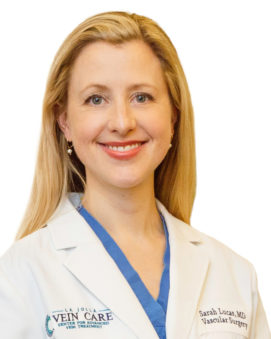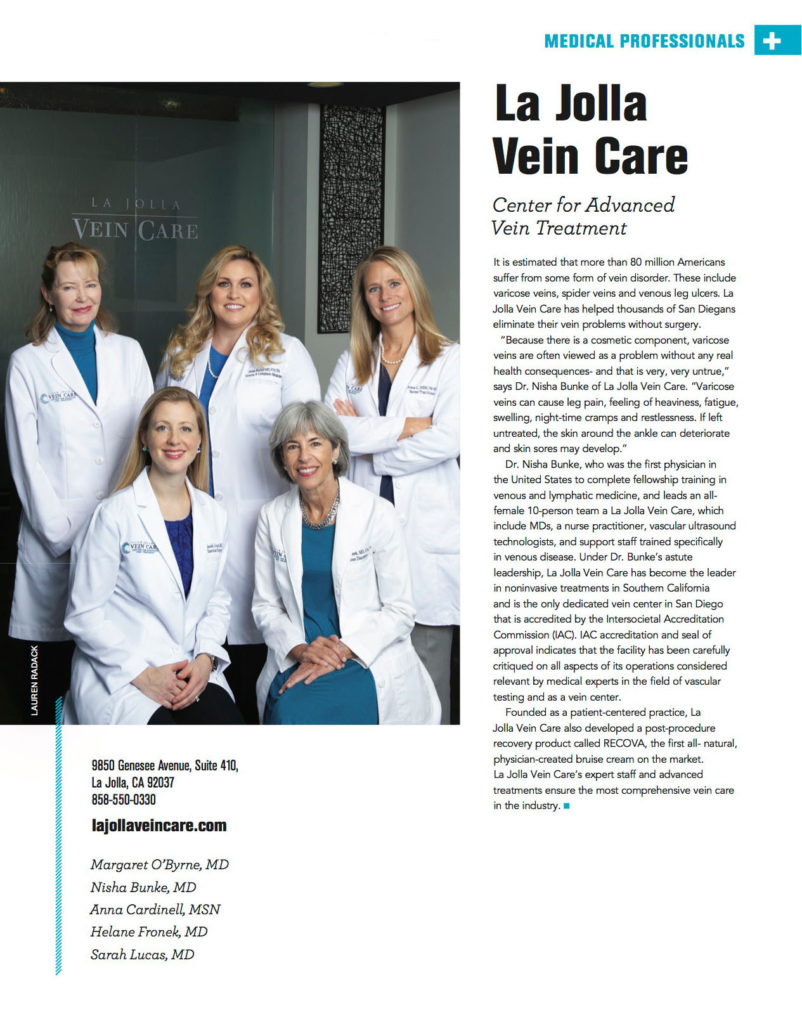Dr. Nisha Bunke Receives Business Journal Award
Nisha Bunke2020-12-19T04:05:48-08:00La Jolla Vein Care’s Founder and Medical Director, Dr. Nisha Bunke was honored along with 24 other women, to receive the San Diego Business Journal’s, Business Women of the Year Awards 2018. Read more at the SDBJ website.












